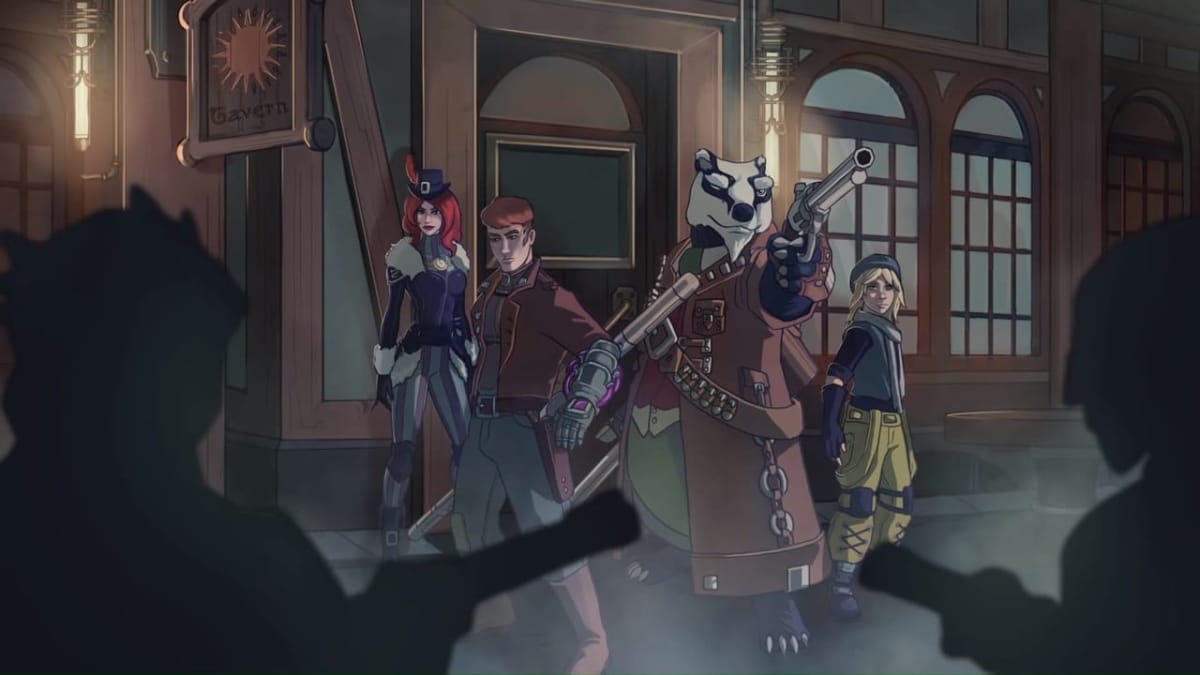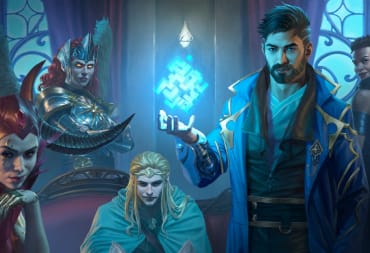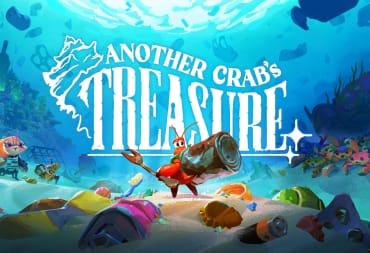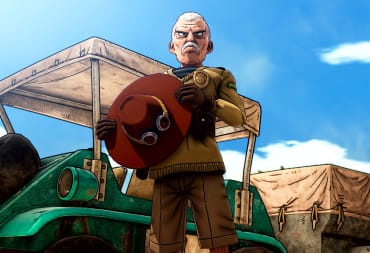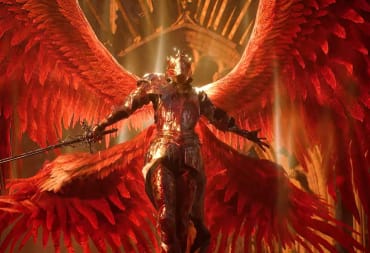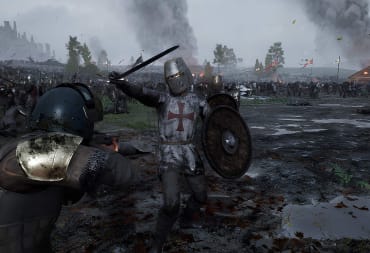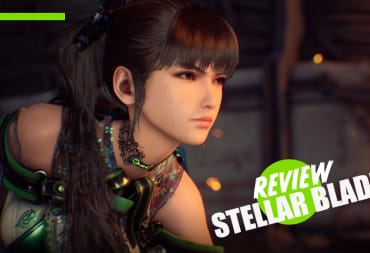A Kickstarter project by indie studio Talerock, Grimshade is specifically marketed as a tactical RPG that pays ‘homage’ to the 90s era of console RPGs. It is a strong lineage to follow, with perhaps some of the best in the genre to draw influence from. Set in the fictional world of Ree’fah - a fantasy world that mixes steampunk with magic - players recruit a cast of colorful characters as they become slowly embroiled into a massive conflict after the technology-driven city of Brann is invaded.
The game doesn’t really try to reinvent the wheel with its plot or setting. Anthropomorphic animals are a dying, marginalized race of humanoids. The main character suffers from amnesia. One character comes out of retirement to fight back the invading force. It is ridden with genre clichés, which in of itself is not a bad thing. After all, how those clichés are used is what can make or break the overall experience.
Sadly, for Grimshade, Talerock plays those clichés straight instead of artfully toying with them. Most of the characters and their motivations are at face value, first and foremost. Their traits give them “larger than life” personas that do see some depth over time, but really don’t change much beyond their personal quirks.
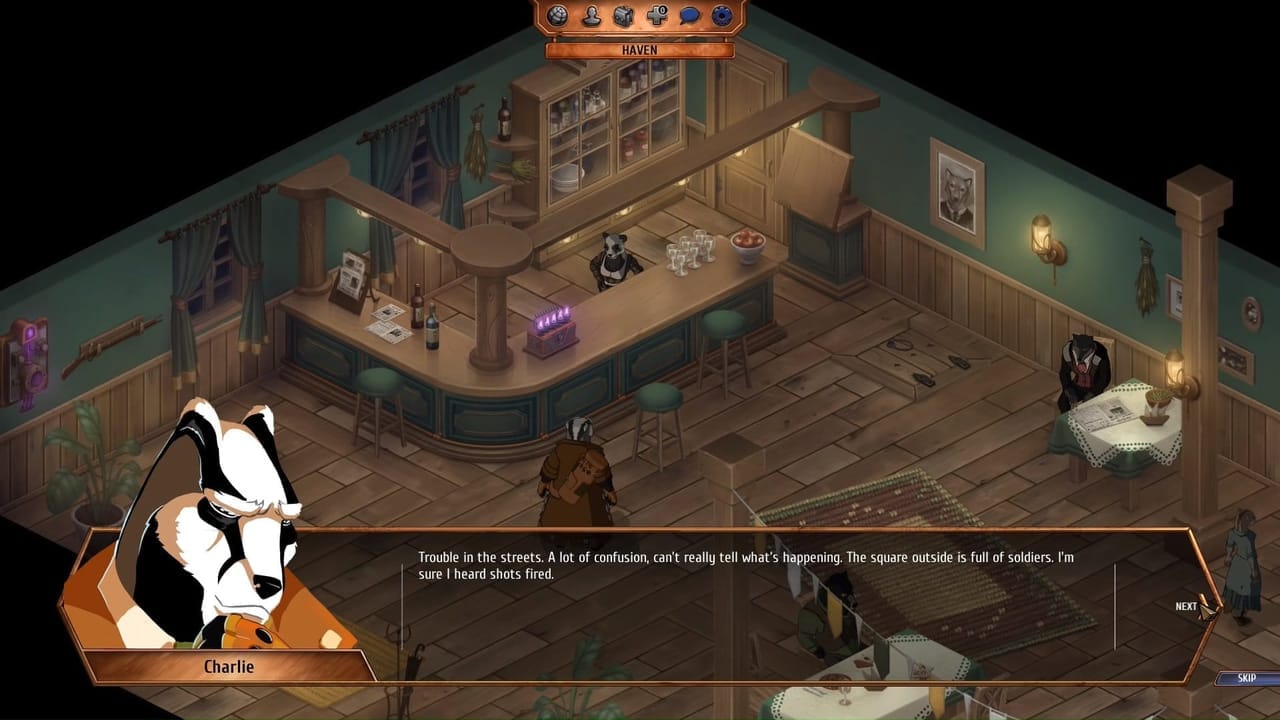
This is magnified with the weaknesses in the game's script. In the few hours played (which include a long-form tutorial) we get a ton of purple prose that often detracts from the mood and style. Many characters talk in stereotyped cockney slang or overly wrought, proper sentences. NPCs ham up their written lines, to the point where if the game had voice acting you can imagine the cheesy delivery. I'm probably the last person to complain about overstuffed dialogue, but it becomes too distracting when in the thick of exposition dumps or cutscenes that push the plot forward, often leaving them less memorable over the overall mechanics and presentation.
Thankfully, Talerock nails the overall presentation. Visuals in Grimshade are mostly impressive. Gorgeous, hand-painted vistas and solid 3-D models fill both the map and the battle screen. While they're dark and dreary, the well-detailed maps give the world a realistic character. Characters have a gregarious visual style to them. Even the simplest enemies have an eye-catching well animated visual style. The one glaring problem with the visuals is character portraits. They basically look like colored rough sketches when compared to the high quality of the rest of the art design.
Mechanically, Grimshade shines as a difficult tactical experience. Players can control their party on a simple 9 x 9 grid, moving characters and setting up attacks and defensive positions against your opponent’s 9 x 9 formation. Melee attackers stay on the front lines, while ranged and magic users stick to the back or middle lines. Characters also have a “defense” modifier that must be broken before they begin to take damage.
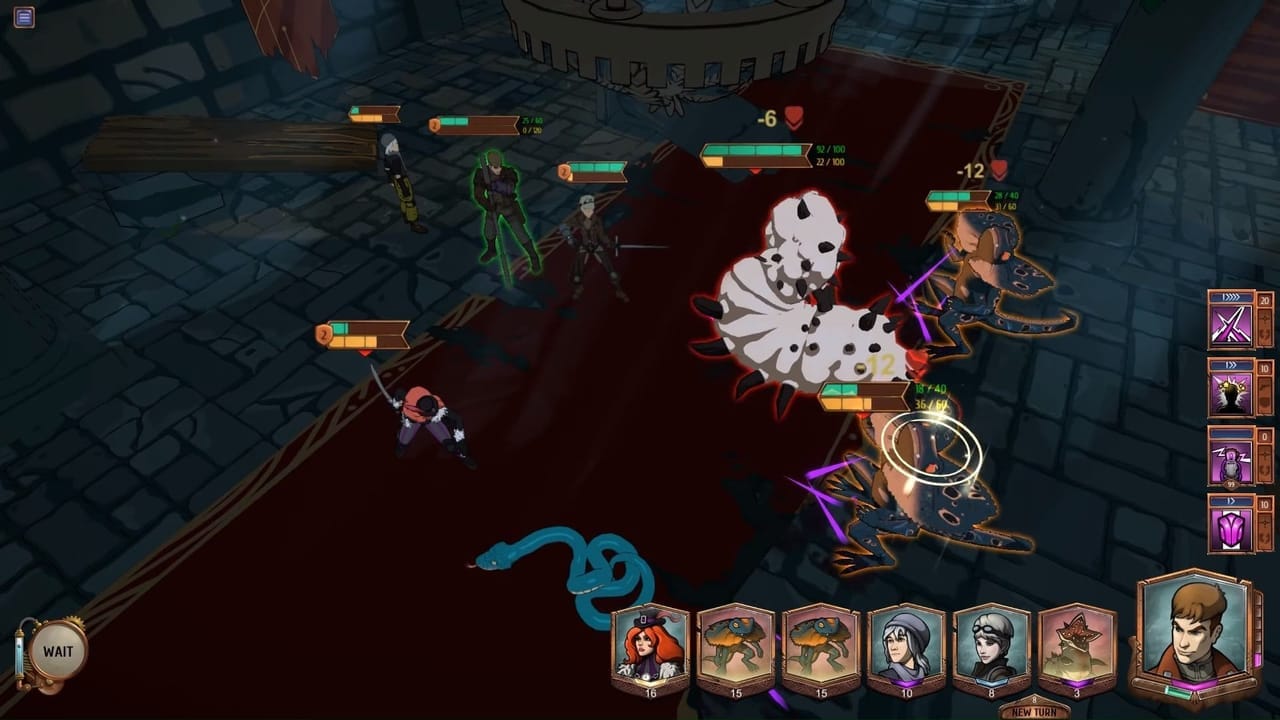
This seems pretty standard, but what helps the tactics is how each of the seven player companions offers a variety of abilities that the player must be aware of. For example, the gun-toting Badger Charlie only attacks at long range. However, he has the power to do a sniper shot that employs massive damage against an enemy if both their defenses were depleted. To utilize Charlie well, players need to destroy the defenses of an enemy before Charlie hits them. Otherwise, it's a waste of a powerful attack and turns on the players own action economy, leaving them without ranged support and a powerful gunner.
This gets incredibly complex as you go beyond the confines of the tutorial. Positioning characters to protect certain, using abilities to buff or debuff enemies, attacking opponents’ elemental weaknesses; all of these tactics are the mechanical clichés we expect from the likes of Final Fantasy or Dragon Quest. Here though, the tactics actually matter, from squad composition to map position and turn order. New additions also add wrinkles to the best-laid plans; the fatigue mechanic, for example, can stop party members from acting at all, leaving them vulnerable to attack while they recover. This means players need to mind their action economy, sometimes even waiting to attack to recover their own meters before you lose actions for the long term.
Grimshade also adds a second layer for development by tying skills and abilities to the equipment of the characters. Armor, weapons, and accessories bestow unique abilities along with offensive and defensive boosts. Some of these become fairly powerful over time, especially crowd-control tactics that can buy the player time to set up other characters. There is also a crafting system that adds more abilities into the mix, giving each character a number of options to employ.
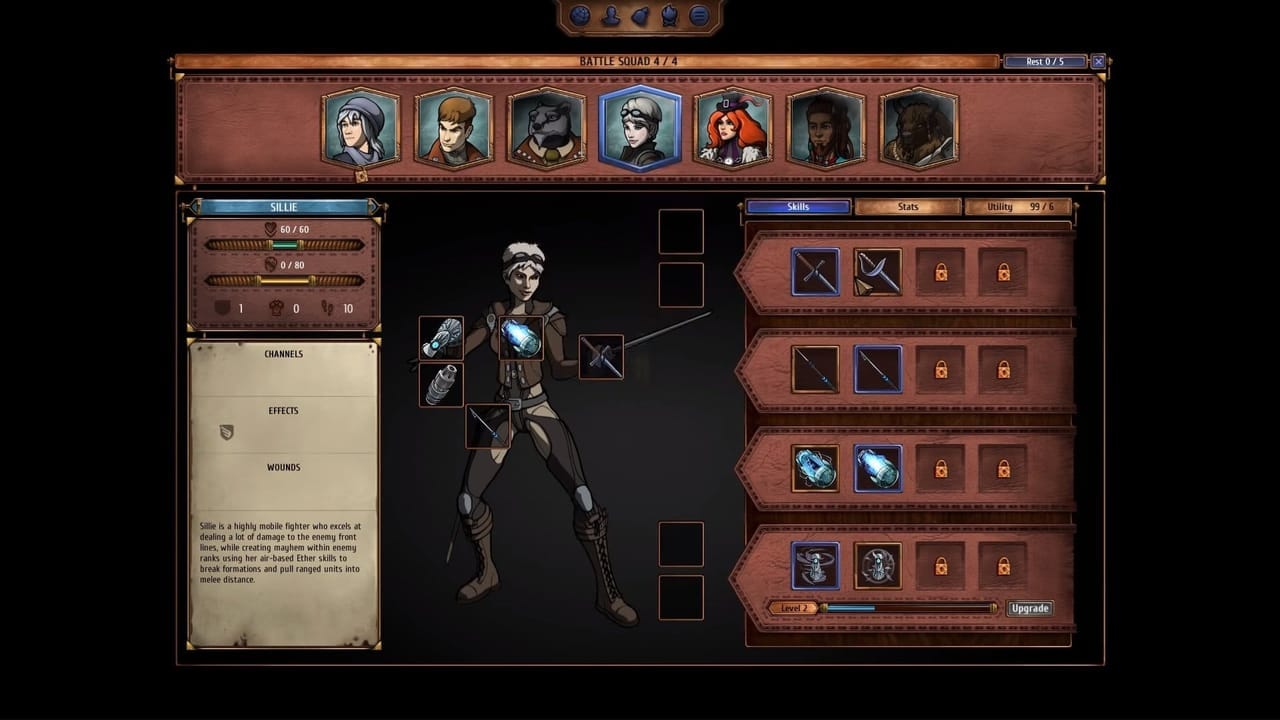
If there is one thing that does drag down Grimshade from its gameplay standpoint, it is the massive technical issues in the combat screen. It mostly happens when you have up to 10 characters on the grid at once, causing massive framerate dips and stuttering, even on the lower resolutions. After you start gathering the members of your party this becomes less prominent, but early on some massive battles can occur, leading to a long slog that leaves a sour impression within the first hour.
Still, Grimshade certainly has potential to it. The mechanics are spot on and the character progression hits the sweet spot of ‘easy to learn, hard to master’ in the end. The shortcomings of the narrative are apparent, but they are not glaring flaws that fully detract from the overall experience. Talerock doesn’t have something fully unique on its hands, but it does have something a cut above the standard that will no doubt entertain players looking for a tactical RPG fix.
TechRaptor covered Grimshade on PC via Steam with a code provided by the developer. Grimshade is also available on the Nintendo Switch.
Have a tip, or want to point out something we missed? Leave a Comment or e-mail us at tips@techraptor.net
